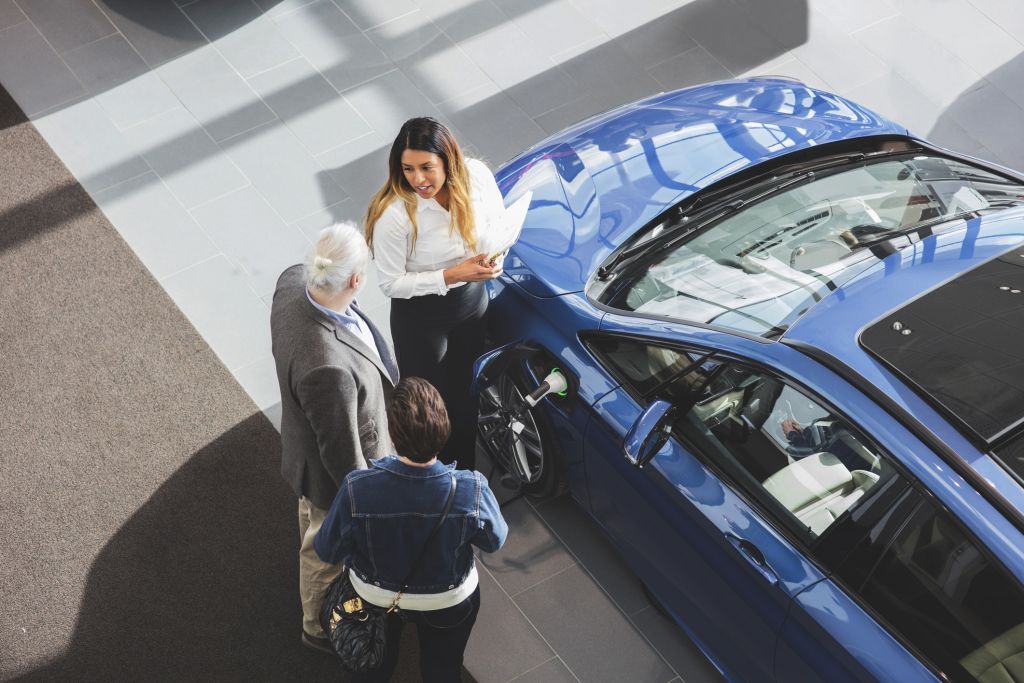As Used-Car Prices Fall, Financing Costs Rise
Prices of used cars are off their painful peak and should continue to ease, but rising interest rates are killing any gains in affordability for those who can’t bring cash to the table.


In the market for a car? There are a few hopeful signs for buyers with cash, according to Ivan Drury, director of insights at Edmunds, the car shopping experts. Used-car wholesale prices peaked in the spring, and have declined 10% since then, though prices are still 55% above their prepandemic levels. November and December are usually good months to buy, as prices start to reflect the imminent turn of the calendar and an extra year of depreciation. Expect prices to drop by another 10% in 2023 because of a slow-growing economy.
For buyers who must borrow, it’s a different story. Average loan rates keep climbing along with Federal Reserve interest rate hikes. Rates on used-auto loans are now 9.2%, with an average term of 70 months. Loans for new vehicles are at 5.9%, and also 70-month terms. Zero-interest incentives are often offered only for short time periods, such as 36 or 48 months. High interest rates are keeping some would-be buyers out of the market altogether, but are mostly having the effect of driving more buyers from the new to the used-car market because of affordability issues.
Normality in the used-car market is still a long way off. Late-model used cars are still scarce because car owners have had to hang on to their current vehicles longer, meaning trade-ins are typically older now. Also, fewer late models are being turned over from rental fleets. Cars coming off lease are often being purchased by their lessees, as the optional purchase price agreed upon three years ago can be a bargain today. Fewer new leases are being made, because lease costs have gone up even more than prices with the disappearance of manufacturer and dealer incentives. Only 17% of current leases are being renewed, down from 30% before the pandemic. Domestic car production is nearly back to prepandemic levels, but long backorders are still discouraging some prospective new-car buyers and sending them to the used market. Some new Toyota and Honda models are still simply unavailable. All of this means that used-car prices are likely not coming all the way back down to where they were in 2019.
From just $107.88 $24.99 for Kiplinger Personal Finance
Become a smarter, better informed investor. Subscribe from just $107.88 $24.99, plus get up to 4 Special Issues

Sign up for Kiplinger’s Free Newsletters
Profit and prosper with the best of expert advice on investing, taxes, retirement, personal finance and more - straight to your e-mail.
Profit and prosper with the best of expert advice - straight to your e-mail.
Profit and prosper with the best of Kiplinger's advice on investing, taxes, retirement, personal finance and much more. Delivered daily. Enter your email in the box and click Sign Me Up.

David is both staff economist and reporter for The Kiplinger Letter, overseeing Kiplinger forecasts for the U.S. and world economies. Previously, he was senior principal economist in the Center for Forecasting and Modeling at IHS/GlobalInsight, and an economist in the Chief Economist's Office of the U.S. Department of Commerce. David has co-written weekly reports on economic conditions since 1992, and has forecasted GDP and its components since 1995, beating the Blue Chip Indicators forecasts two-thirds of the time. David is a Certified Business Economist as recognized by the National Association for Business Economics. He has two master's degrees and is ABD in economics from the University of North Carolina at Chapel Hill.
-
 What to Do If You Plan to Make Catch-Up Contributions in 2026
What to Do If You Plan to Make Catch-Up Contributions in 2026Under new rules, you may lose an up-front deduction but gain tax-free income once you retire.
-
 If You'd Put $1,000 Into Lowe's Stock 20 Years Ago, Here's What You'd Have Today
If You'd Put $1,000 Into Lowe's Stock 20 Years Ago, Here's What You'd Have TodayLowe's stock has delivered disappointing returns recently, but it's been a great holding for truly patient investors.
-
 How to Max Out Your 401(k) in 2026 (New Limits are Higher)
How to Max Out Your 401(k) in 2026 (New Limits are Higher)In 2026, the maximum contribution limits for 401(k) plans have increased, giving you an excellent shot at maximizing your retirement savings.